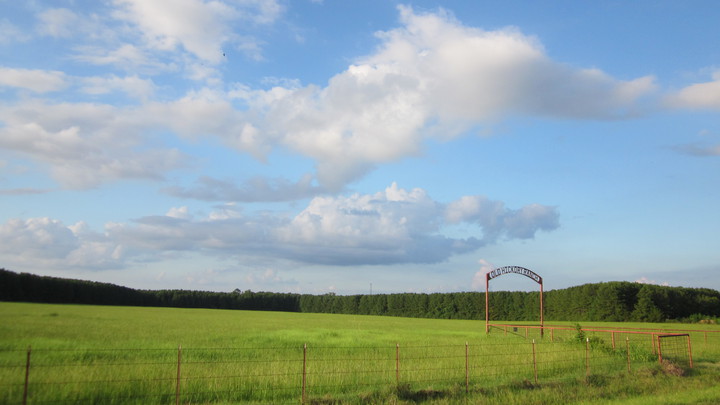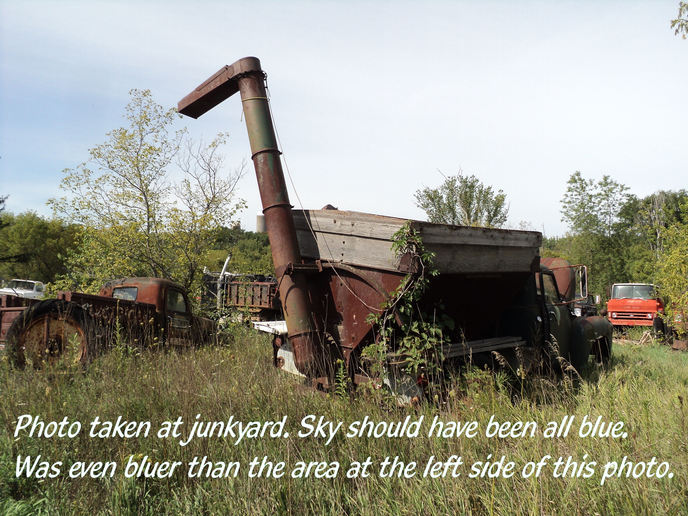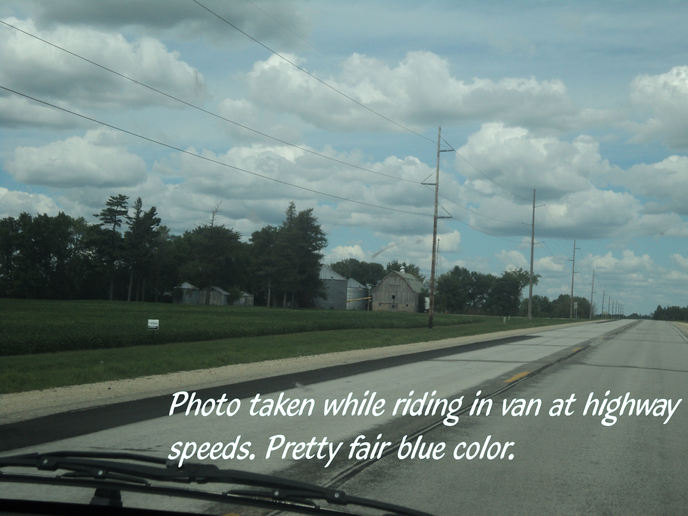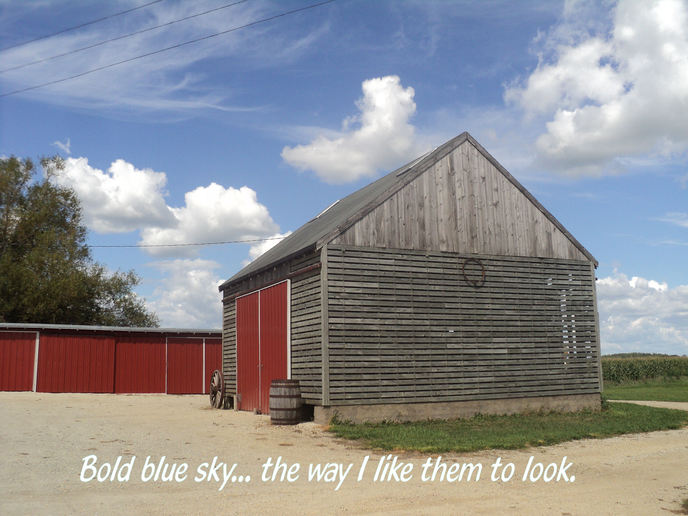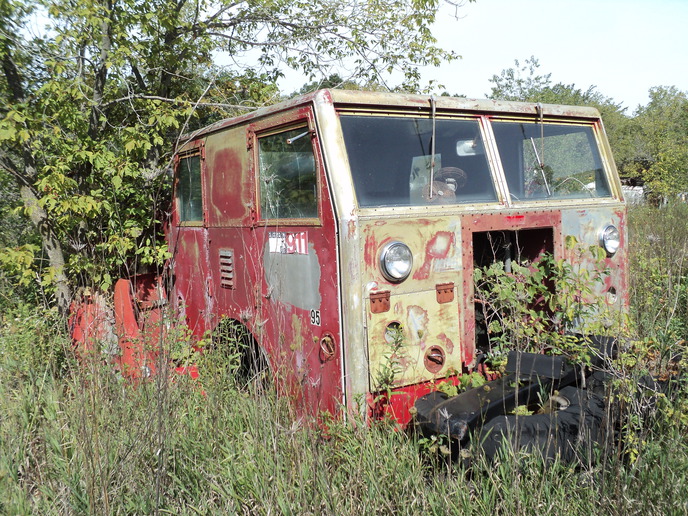SweetFeet
Well-known Member
OT subject, but wondering why I can lose a billiantly blue sky in my photos? Even happens when I am not shooting toward the sun.
Confusing as sometimes sky shows up great... other times only get blue in the upper portion of photo - but is washed out to white around the object I am shooting. Worst case is when the entire sky just seems washed out to grey or white - even though it was a blue sky.
Thanks if you can help give me a clue!
Confusing as sometimes sky shows up great... other times only get blue in the upper portion of photo - but is washed out to white around the object I am shooting. Worst case is when the entire sky just seems washed out to grey or white - even though it was a blue sky.
Thanks if you can help give me a clue!











